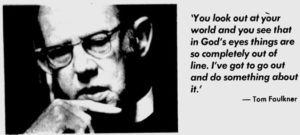St. George’s History comprises individual articles, documents and collections around the 300 year history of St. George’s Episcopal Church, located in Fredericksburg Virginia. This site is unrelated to St. George's main website.
Supplementing them are a category-based search, a content index and a timeline. We have two tour documents - a building summary and a 15 minute walking tour you can take in the church.
If this is your first visit, check out the 2 tours - building summary and a 15 minute walking tour.
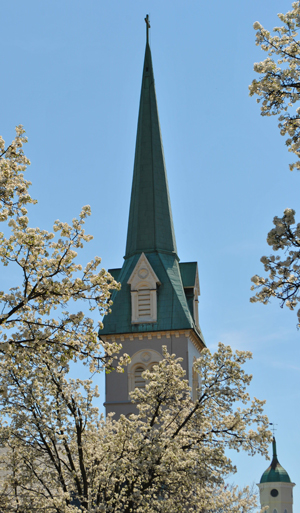
Recent articles
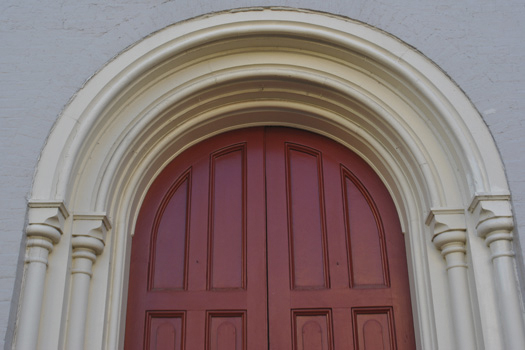
AIM 2000 – 1995-1997 Reality sets in
AIM 2000 was set to move forward but failures in fundraising led to a scale back of the work

AIM 2000 – the first year, 1994
John Pearce, a member of the renovation committee, put this timeline together for the Vestry
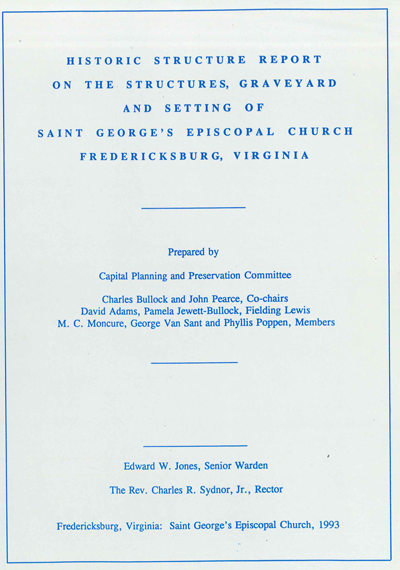
AIM 2000 – Historical Structures Report
This report was part of the entire package submitted to the Vestry on Feb., 13, 1994 about AIM 2000. This was a history of the church structure. An amazing amount of research went into it!
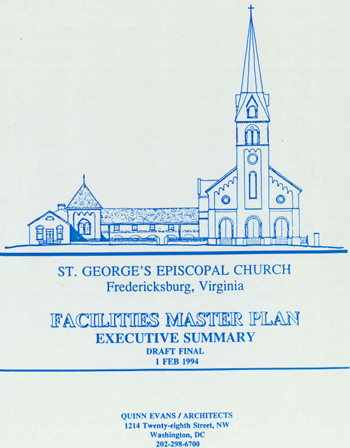
AIM 2000, Master Facilities Plan, Executive Summary, Feb., 1994
This document was issued in the same folder as the Master Plan: [pdf-embedder url=”http://history.churchsp.org/wp-content/uploads/AIM-Facilities-Master-Plan-Executive-Summary.pdf” title=”aim-facilities-master-plan-executive-summary”]
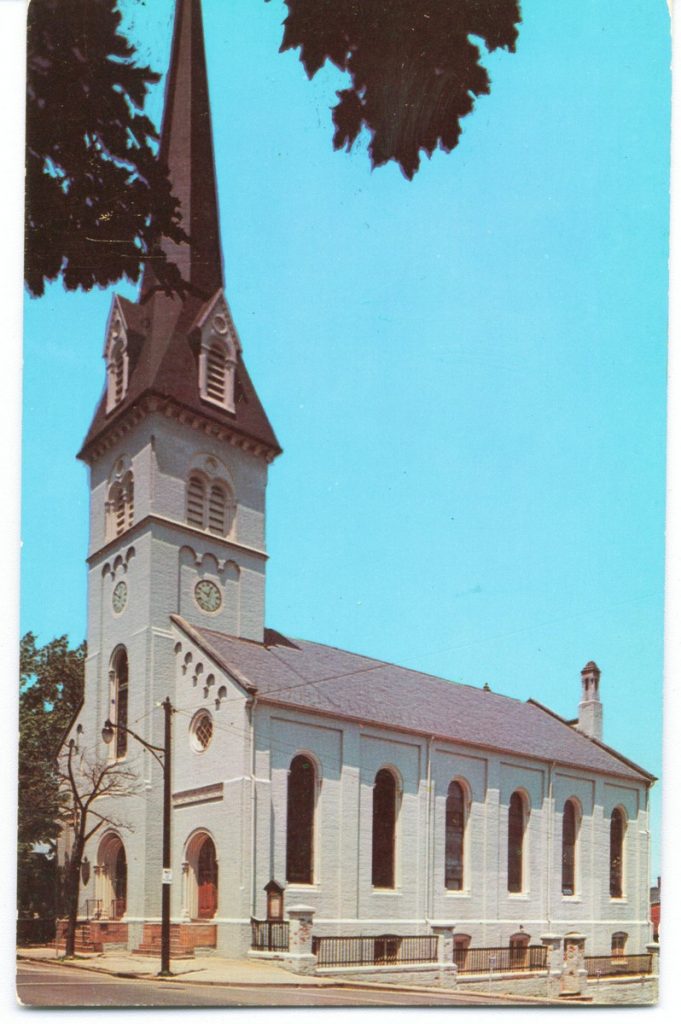
The origins of AIM, 2000 (Adventures in Mission) 1991-1994
This begins a week of looking at AIM 2000. From preliminary work in 1991 until the books were closed in 2000, AIM 2000 occupied the church for almost a decade. The current interior spaces of McGuire Hall and Faulkner and Sydnor Hall were renovated during this period as well as the church being painted.
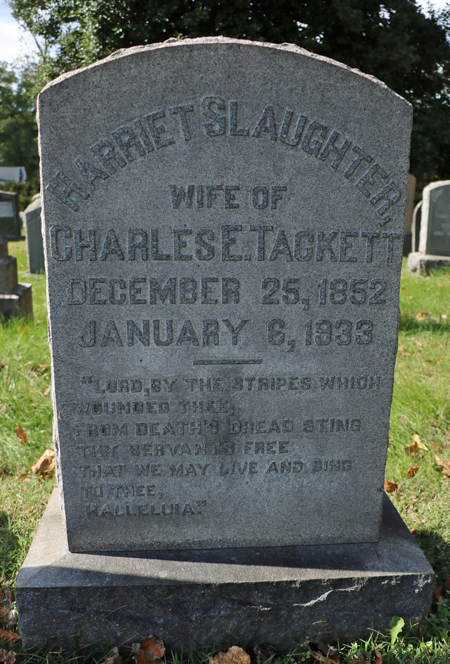
Hattie Tackett (1852 -1933)
Who was Hattie Tackett ? Some have claimed to seen her ghost. Barbara Willis wrote this short account for the ECW.
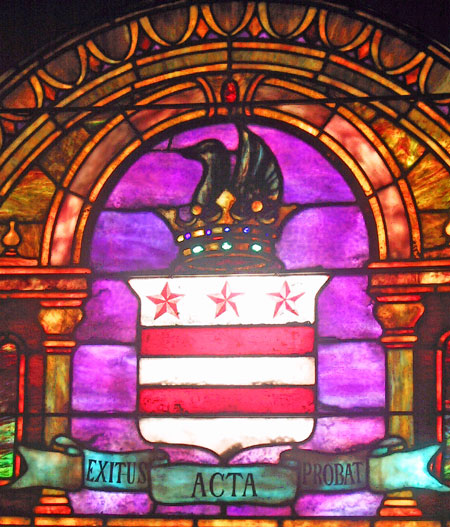
Evening Prayer 1982 in celebration of Washington’s 250th birth
From the archives of Barbara Willis. Worship with the 1662 Prayer Book:

Memories of Tom Faulkner, 1996
These are some wonderful memories of Rev Tom Faulkner at the time of his death, Nov. 9, 1996. From Barbara Willis’ archives

Park Service, St. George’s to present ‘Voices from the Storm’ program
The Park Services “Voices” is at St. George’s 7pm, Sat., Dec. 10, 2016. Here is the full story and a preview. There are additional links about the interior picture used as well as the party described at the rectory at 303 Hanover Street.

Pastoral Care is revolutionized – The Creation of the One Body inititiative, 2010
On March 10, 2010, St. George’s Congregational Care Commission inaugurated a new seventy-member pastoral care initiative called the One Body Response Team. This brought new strength to pastoral care by getting more people involved outside a geographical focus.
1. Carrol Quenzel's History of St. George's
Quenzel's 1951 history is still the standard for the church. He was a librarian for Mary Washington College as well as being active at St. George's, helping to create the St. Georgian newsletter as well as a part of the Vestry. We have the entire book online which was published by St. George's
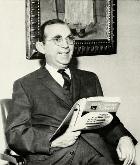
2. The Three Churches of St. George's - Barbara Willis
Barbara Willis was a local historian and writer and long time St. Georgian with her husband Mac. This paper is a detailed summary of the evolution of St. George's church from its wooden colonial church to the impressive 1849 brick building we have today.
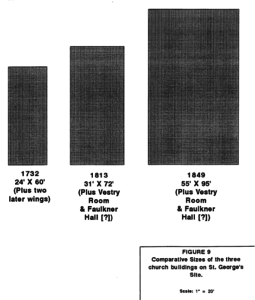
The Civil War may be the most popular historic topic in all of our history. The church served in 3 capacities - as a fortress, center of revival and as a hospital. We have a 9 part series on our role and relationship to Fredericksburg.

McGuire served all 3 churches over the course of 45 years. He is probably the most influential of all our rectors in all phases of ministry from preaching, teaching, and outreach. Trip Wiggins, our archivist, wrote this for a Sunday school class and has been teaching classes for years
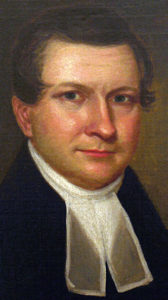
5. Charles Syndor on Social Policy
Charles Sydnor served St. George's from 1972-2003 and was responsible for furthering Thomas Faulkner's outreach ministries and creating new ones. This paper he wrote in 2009 was for an adult forum in that year.
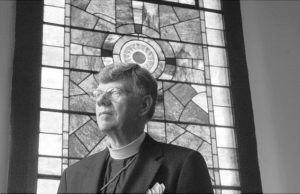
6. Tom Faulkner confronts the Vestry on race
Faulkner served St. George's for 30 years from 1946-1976. During these years racial policies were paramount, especially 1954, in the year of Brown vs. Board of Education, Faulkner was challenged by the Vestry on the role of Blacks in our service. He was able to move St. George's toward racial justice that other rectors would further
